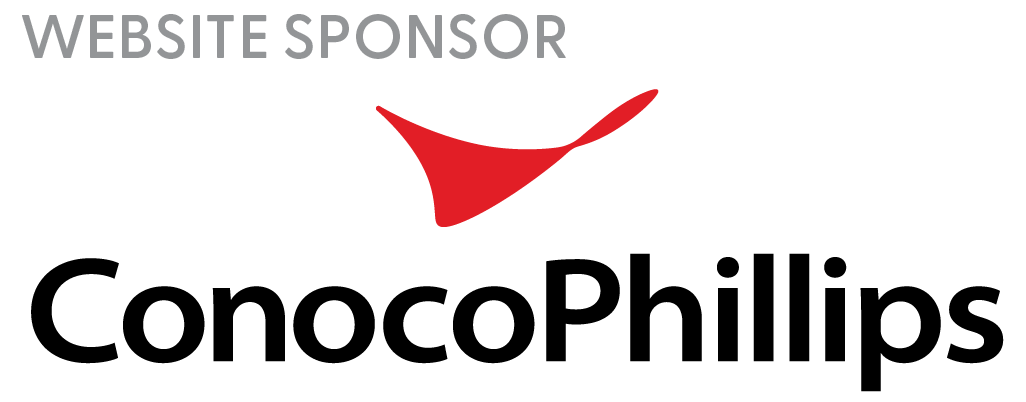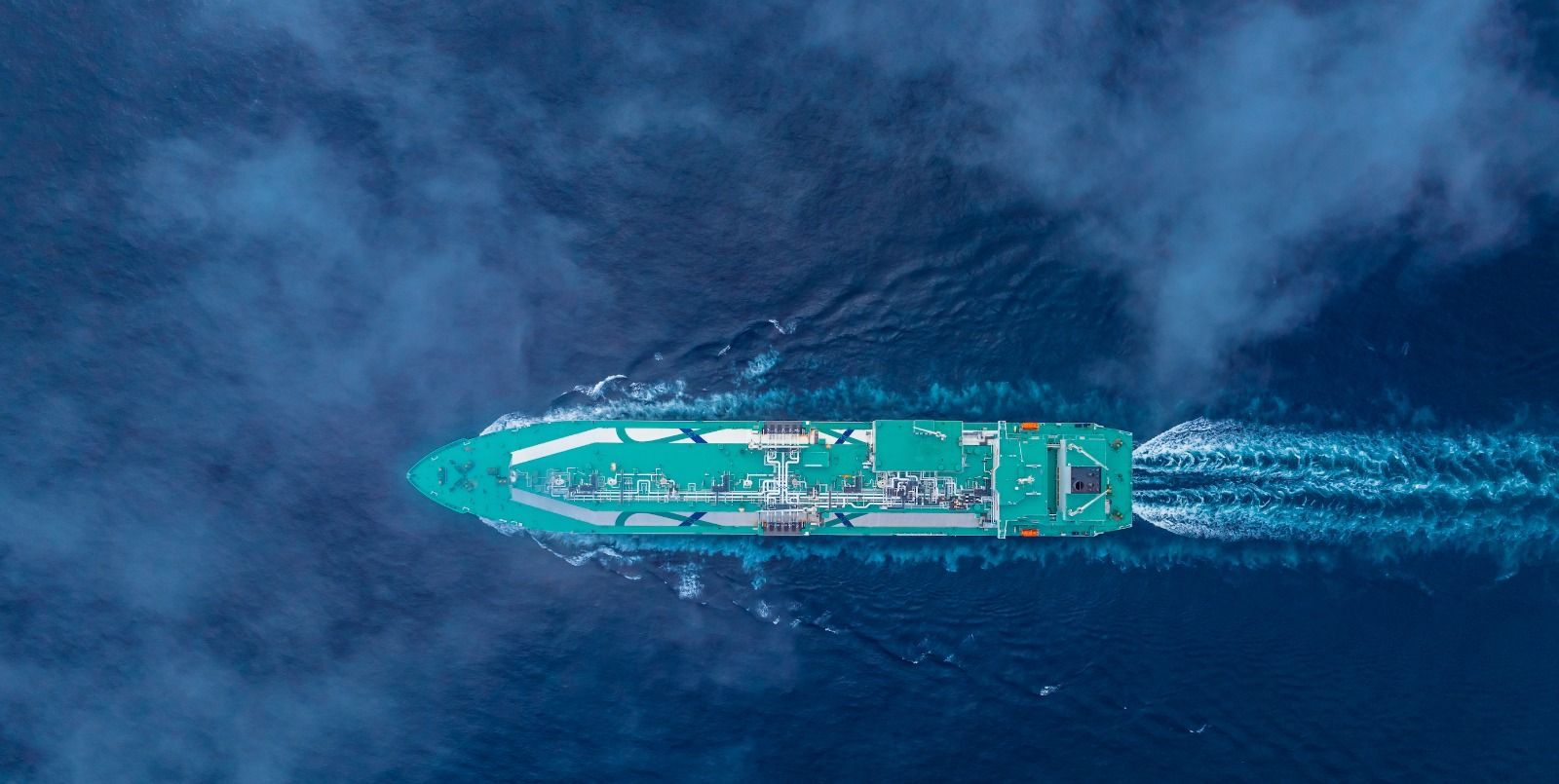Optimization of Advanced Treatment Technologies for Sustainable Water Management in LNG Production Facilities
The oil and gas (O&G) industry generates a significant amount of wastewater during hydrocarbon production and treatment. Wastewater from gas production facilities typically has salinities below 10,000 mg/L, presenting opportunities for beneficial reuse through advanced water treatment technologies. Thus far, the O&G industry has been able to capitalize on the experiences gained from the municipal sector to qualify technologies into suitable applications to treat industrial wastewater.
In Qatar, QatarEnergy LNG (QEL) has implemented advanced water treatment technologies to treat several wastewater streams for volume reduction while generating permeate for boiler feedwater. Their Wastewater Reduction and Reuse facility (WRR) includes Membrane bioreactors (MBR) for organic removal and activated carbon filter (ACF) as a polisher for reverse osmosis (RO) desalination. Similarly, in Australia, RO has been applied to treat wastewater generated from coal bed methane production, reducing the wastewater disposal volumes. Those commercial technologies, installed within the O&G industry, often require optimization through cost-effective engineering solutions to ensure sustainable operation. This project focused on identifying possible optimization opportunities within the WRR facility in QEL. For example, what role does the activated carbon play within the system? Can the RO membrane performance be improved? What options are available to minimize brine disposal volume?
In this study, the performance of the ACF in polishing the MBR effluent was assessed by comparing RO performance with and without the ACF using real MBR permeate collected from the WRR facility. Bench-scale experimental results showed a 10% flux decline on RO membrane permeability when the MBR effluent is not treated by ACF. The main reason for the flux decline was attributed to hydrophobic organics present in the MBR effluent which are removed by the ACF.
Additionally, to improve the RO performance, this project evaluated two different types of RO membranes (brackish and seawater) and their impact on the RO performance in terms of energy consumption and water quality. Brackish water RO membranes required lower energy consumption compared to seawater RO; however, brackish water RO membranes generated permeate with higher total dissolved solids (TDS) which limited its water reuse opportunities.
Finally, to minimize the brine disposal volumes, this project aims to further concentrate the RO brine with a forward osmosis (FO) system using brine from a nearby desalination plant as a draw solution. By leveraging the FO capabilities, the process can reduce the volume of the RO concentrate, which can be disposed of by deep well injection or sent to a zero liquid discharged facility. Results showed that FO reduces the volume of the RO concentrate by 50% without organic passages to the draw solution, allowing the disposal of the diluted draw solution to the sea in a more environmentally friendly manner.
Overall, technology validation and optimization are key for the successful implementation of advanced water treatment technologies for the treatment of industrial wastewater within the oil and gas industry. The options presented should be further validated through pilot and field demonstration studies.




)
)
)
)
)
)
)
)
)
)
)
)
)
)
)
)
)
)
)
)
)
)
)
)